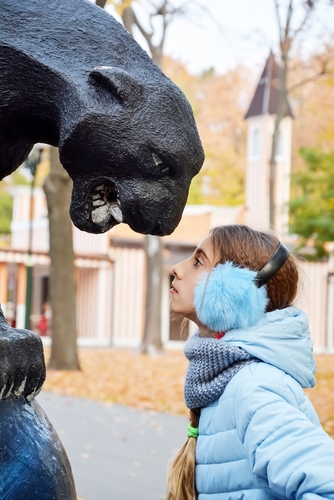 Body-based mechanisms – mirror neurons, matching qualities of flow, and synchronous rhythms – are increasingly recognized as the subliminal bases of interpersonal empathy and social cooperation.
Body-based mechanisms – mirror neurons, matching qualities of flow, and synchronous rhythms – are increasingly recognized as the subliminal bases of interpersonal empathy and social cooperation.
Is it possible that these same body-based mechanisms also play a role in understanding the art and artifacts that human beings create?
This is exactly what some artists proposed in the early 20th century.
In asking how a visual object – a painting, sculpture, or building – comes to have meaning, these artists observed that “physical forms possess a character because we ourselves possess a body.” Moreover, “our own bodily organization is the form through which we apprehend everything physical.”
The bodily basis of understanding and appreciating art became known as the Theory of Empathy. It inspired the abstract paintings of Wassily Kandinsky and informed the notation system developed by Rudolf Laban. But those are stories for another month.
